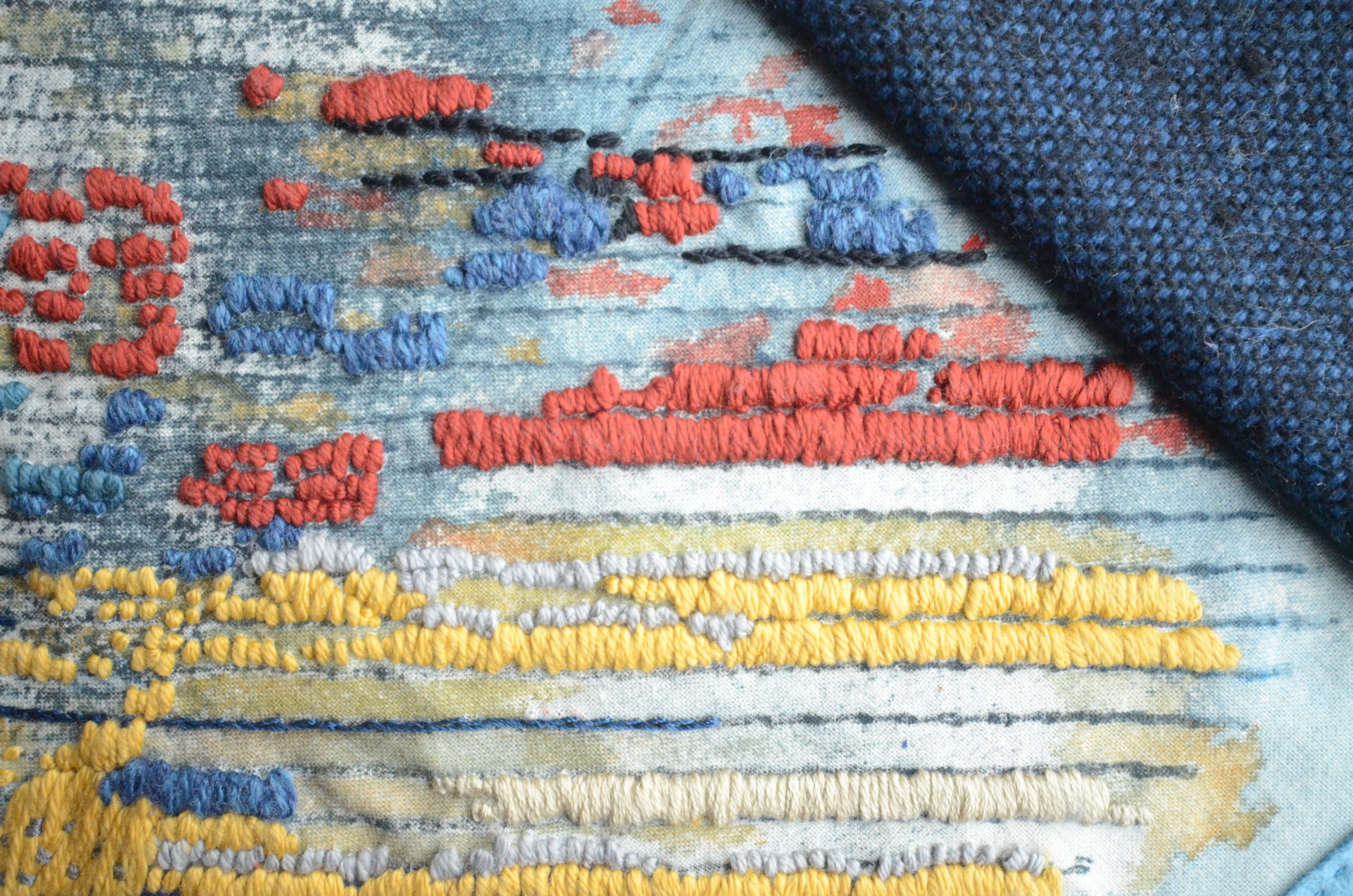
I had a fantastic time meeting and passing on a few handy tips to the 2013 participants of the Panufnik Scheme this morning, which reminded me that I haven’t written a blog post since I wrote my first three minute piece for the scheme, which was now nearly two years ago!
Since then I’ve completed a brand new piece for the orchestra, a 10 minute commission that will be workshopped on 11th April at LSO St. Luke’s, followed by the full premiere in September 2013 in the Barbican. It’s called The Calligrapher’s Manuscript and is inspired by the remarkable calligraphy of 17th-century master Johann Hering, which has only recently come to public attention through its online publication on the Bamberg State Library website. As you’ll see from some of the images below, the manuscript in the Bamberg Library is not a conventional artefact in any way. Most calligraphers from this period would produce copybooks or modelbooks for students to learn their craft from, whereas Hering’s album seems to have been intended purely for private study and experimentation. This means that a number of the designs are incredibly elaborate, and towards the end, almost completely abstract.
In the first movement of my piece (which lasts 5 minute or so), I worked on the idea of a ‘main text’ adorned by a continuous elaborate layer of filigree, as found on many pages of the manuscript. (You can see a fairly typical example of this above.) Each of these pages begins with a very enlarged and highly decorated single letter, which sets the tone of the remaining filigree surrounding the body of the text. At the very opening of my piece, therefore, very detailed decorative figuration forms the initial foreground, but from this texture, melodic fragments gradually begin to emerge, until they coalesce into a clear melodic line, which becomes the focus of the rest of the movement: the ‘main text’, if you will. Nevertheless, this main line still continues to interact with the layer of decorative writing that almost constantly surrounds it and occasionally, rather mischievously, lurches forward to take the limelight.
In the second movement, I took a contrasting (but musically related) approach. Here, the gradual transformation of a very straightforward rendering of the alphabet into extremely decorative, and eventually purely abstract designs in Hering’s manuscript was the inspiration (see the images below). This manifests itself as a simple harmonised line in the strings that repeats and evolves throughout the movement, but is gradually joined by other melodic figures in the woodwinds placed in counterpoint against it. These superposed woodwind melodies appear more and more frequently as the movement continues, and themselves become more and more ornamented until a climax of activity is reached, with several layers of extremely decorated lines sounding against one another simultaneously.




Whilst at Tanglewood this summer, the other fellows and I were required to write three short pieces in as many days, each for a different combination of duos, the first of which was violin and viola. I sneakily took this as an opportunity to try out some musical ideas that I knew would relate to what I wanted to do in the second half of my orchestral piece; so if you have a listen, you should be able to hear the process of ever-increasing decoration that I describe above (in a much smaller chamber music format of course!).
https://soundcloud.com/mattkaner/calligraphic-study-after/
